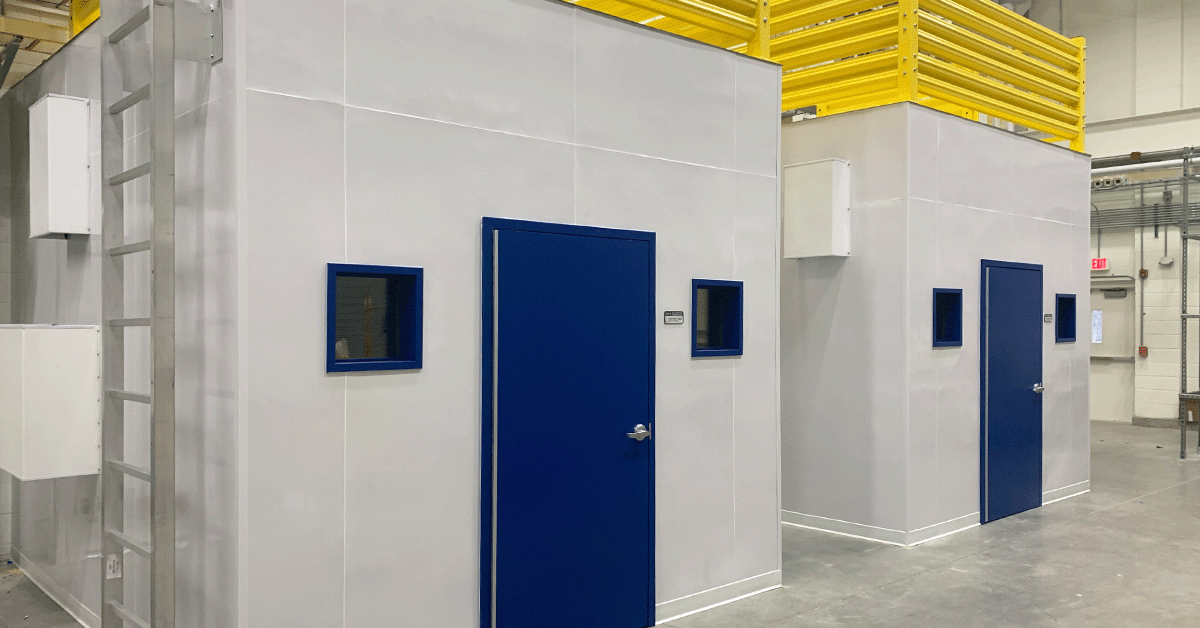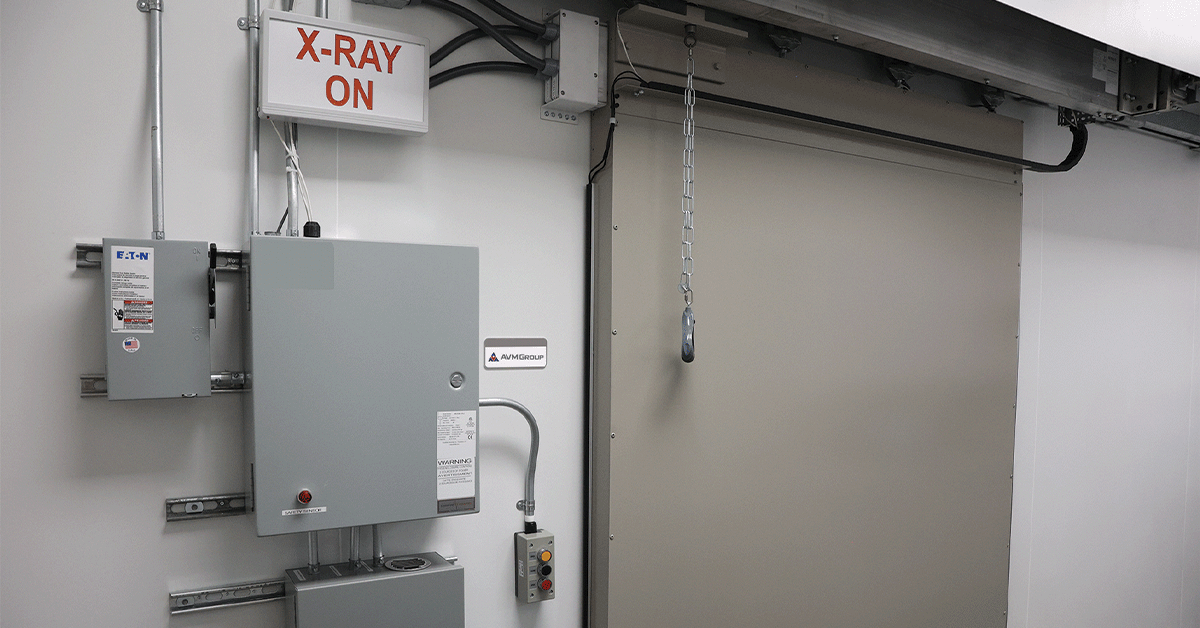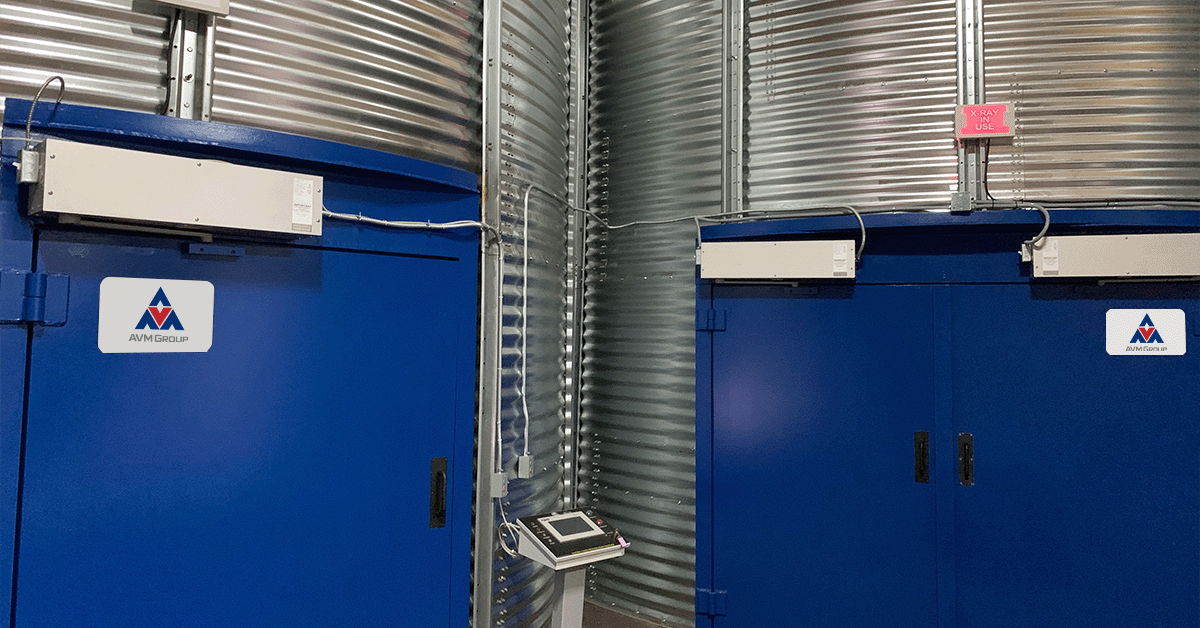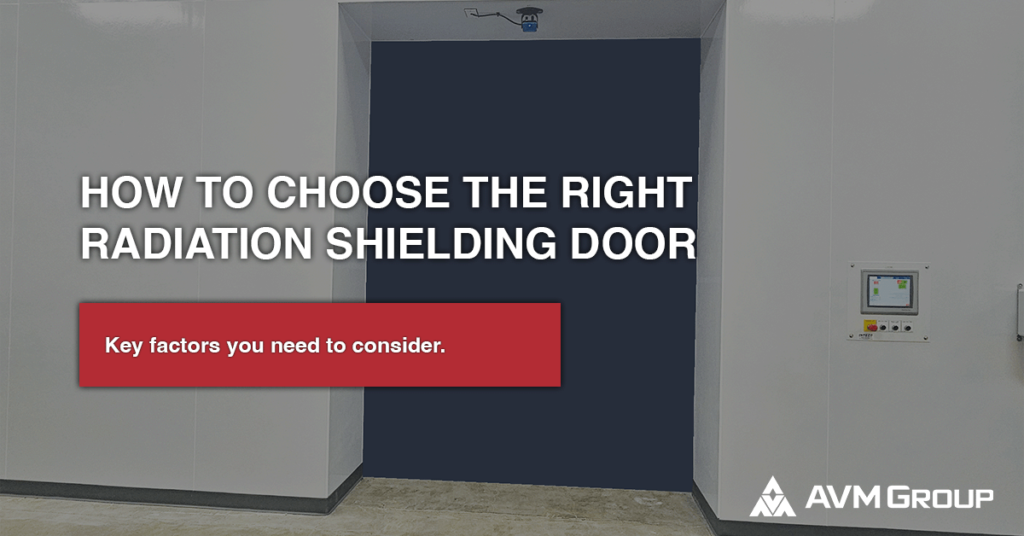*This post is part of two pillar blogs: The Ultimate Radiation Shielding Guide and Radiation Shielding Doors 101
Table of Contents
ToggleIntroduction
Radiation shielding doors are crucial in environments where radiation exposure must be controlled and minimized. These doors protect people from harmful radiation, ensuring safety in medical, industrial, and research facilities.
So much so that they are often referred to as the last line of defense for those working in and around your radiation source.
This article will guide you through everything you need to know about choosing the right radiation shielding door for your specific need so you’ll be able to make the right decision when the time comes for your business.
Let’s get right into it!
Understanding Radiation Shielding Doors
Before we talk too much about how to choose the right shielding door, let’s cover the basics of what these doors are, and how they work.
Like we mentioned at the top of the article, we’ve actually done a deep dive into the basics of these doors in our radiation shielding doors 101 article.
In the next few sections, we’ll talk about what these doors are, and some common uses for them.
What are Radiation Shielding Doors?
Radiation shielding doors are specially designed to block or attenuate radiation. They are constructed with materials like lead, steel, concrete or other composites that prevent radiation from passing through.
Common Uses and Applications
Radiation shielding doors are commonly used in hospitals, laboratories, and industrial facilities where radiation safety is a concern.
For more info on all the industries where these doors are applicable, check out our radiation shielding industries article.
GET THE LATEST INDUSTRY NEWS DELIVERED TO YOUR INBOX
Stay on the forefront of the shielding industry with our weekly e-newsletter.
Types of Radiation Shielding Doors
Okay, now that we have talked about what these doors are, and where they’re commonly used, let’s look at some of the most common materials or “types” of doors that we typically will install for our customers.
After we look at materials, we’ll compare sliding vs swinging functionality.
Lead-Lined Doors
Lead-lined doors are the most common type due to lead’s high density and excellent shielding properties. These doors are typically done by using interlocking lead bricks or sheets.
For shielding situations that require a higher level of aesthetic considerations, having a door that can be customized to meet the look of the environment it’s being installed into is very important.

Steel Shielding Doors
Steel shielding doors use dense steel to block radiation. They are durable and provide robust protection, making them suitable for many applications.
They are not as dense as lead, so these doors will be slightly thicker. However, they are also typically added to other types of shielding materials for a cost-effective solution.
Concrete Shielding Doors
The most cost-effective type of shielding door is one that is made of concrete. It is also by far the largest door, so it is really only used in situations where you already have a concrete vault in place, and plenty of space for the door to be. Check out this photo of a large concrete door we constructed for our client.

Sliding vs. Swinging Radiation Shielding Doors
Now that we have talked about the two most common materials, let’s look at the main (and only) ways the door can function: sliding, and swinging.
Sliding Radiation Shielding Doors
Sliding doors are ideal for spaces where swinging doors might be impractical. Think of a small control room that leads to a vault. When sliding, a door can remain flush to the wall like it is in this example.
Sliding doors also offer the ability to provide larger openings using a single sliding door, or by using a bi-parting set of sliding doors.

Swinging Radiation Shielding Doors
Swinging doors, on the other hand, are easier to install and maintain, and are ideal for situations where you have a bit more room, and you want to save some money on the controls aspect of your door.

Key Factors to Consider When Choosing a Radiation Shielding Door
Okay, so now you know what these doors are, what they’re made of, and some basic controls options that exist for them. Here’s what you should also consider when making your selection.
Radiation Type and Intensity
Different types of radiation (e.g., X-rays, gamma rays, neutrons) require different levels of shielding. Knowing the type and intensity of radiation is crucial in selecting the appropriate door and should be directed by the shielding study performed by a licensed physicist.
Door Location and Space Constraints
The location of the door and available space can determine whether a sliding or swinging door is more suitable. Consider the operational needs of the space.
Door Size and Weight
Larger and heavier doors provide more protection but require more robust support structures and hinges. Ensure the location of your door can accommodate the door’s size and weight.
Budget Considerations
While safety is paramount, budget constraints are also a factor. Balance between adequate protection and cost-effectiveness. This is very important, and something we take seriously at AVM Group.
Custom vs. Standard Doors
Whether this is your first time getting a shielding door for your facility, or you’ve been through this process before, selecting your custom door can be tough. Luckily, we’ve laid out some key considerations for you.
Before we jump into this section, we should note that AVM Group offers both standard MatterDoor designs and designs that are fully customizable. that are fit for any application.
When to Choose Custom-Made Doors
Custom-made doors are ideal for unique spaces or specific shielding requirements that standard doors cannot meet.
Typically, a lot of the customization comes from the type of door, and the way it functions.
Advantages of Standard Doors
Standard doors are usually less expensive and quicker to procure than custom doors. They are suitable for common applications with typical shielding needs and have standard requirements. You can expect this to take less time to manufacture and install than a customized door.
Conclusion
Choosing the right radiation shielding door involves careful consideration of various factors, including the type of radiation, location, material, and budget. By understanding your specific needs and doing thorough research, you can ensure you select a door that provides optimal protection and meets all regulatory requirements.
If you’d like to talk to our team about your next shielding door, contact us.



